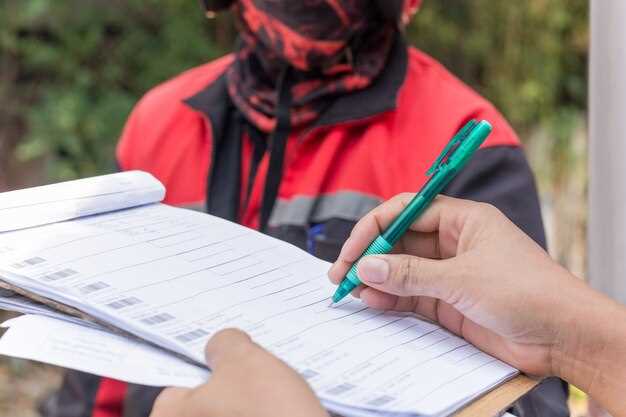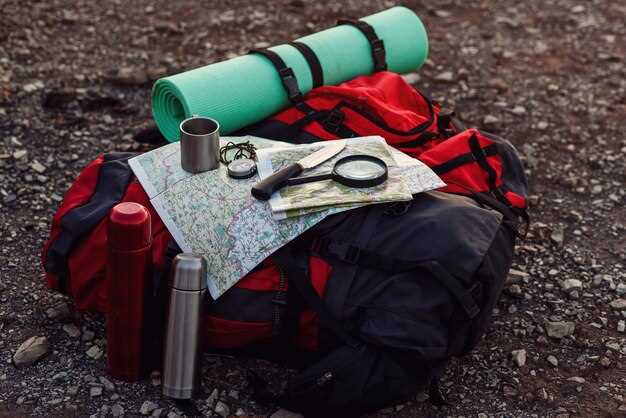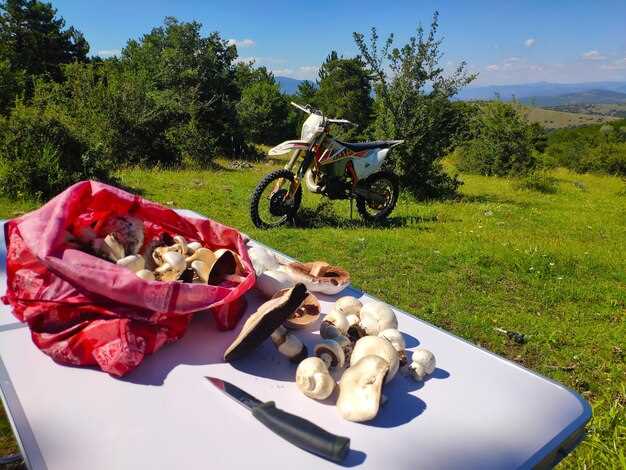
When planning a motorcycle camping trip, having the right gear is crucial for ensuring a successful and enjoyable adventure. Unlike traditional camping, motorcycling requires careful selection of camping equipment that is lightweight, compact, and easily transportable. This checklist serves as a comprehensive guide to help you pack essential items, ensuring you don’t leave anything important behind.
From shelter and sleeping arrangements to cooking tools and safety equipment, each piece of gear plays a vital role in your outdoor experience. Understanding the unique challenges of camping on a motorcycle can help you make informed decisions about what to bring along. This guide will assist you in determining which camping items are must-haves and which can be left at home, making the most out of your limited space.
With proper planning and the right gear, you can immerse yourself in nature, explore new landscapes, and create unforgettable memories. Let’s dive into this motorcycle camping gear checklist to ensure you’re fully prepared for your next adventure!
Choosing the Right Tent and Sleeping System for Moto Camping

When embarking on a motorcycle adventure, selecting the right tent and sleeping system is crucial for your comfort and enjoyment. The gear you choose should be lightweight, compact, and easy to set up, ensuring a hassle-free experience while on the road.
First, consider tent size and type. A one or two-person tent is typically the best choice for moto camping, as it offers a balance between space and portability. Look for freestanding tents, which are easier to pitch on various terrains and can be moved if necessary. If you camp in regions with poor weather, opt for a tent with a tough waterproof fly and a strong framework to withstand wind and rain.
Next, evaluate weight and packability. A tent that packs down small and is lightweight is essential for motorcycle travel. Most adventure riders prefer tents that weigh less than 5 pounds. Additionally, ensure the tent’s packed size fits well on your bike’s storage solutions, such as panniers or a tail bag.
The sleeping system plays a vital role in ensuring a restful night. Choose a sleeping bag that’s warm enough for the temperatures you anticipate. Consider the bag’s weight and compressibility; down sleeping bags are a popular option for their high warmth-to-weight ratio, while synthetic materials offer durability and moisture resistance.
Don’t overlook the importance of a sleeping pad for added comfort and insulation. A lightweight inflatable pad or a compact foam pad can significantly enhance your sleep quality. Look for options with good R-values to ensure warmth on cold ground.
Finally, factor in convenience features such as easy entry and ventilation in your tent choice, as well as storage pockets for organizing your gear. A good moto camping setup should allow you to enjoy your surroundings while providing a cozy and restful space at the end of a long day on the road.
Essential Tools and Maintenance Gear for Your Motorcycle Journey
When embarking on a motorcycle adventure, packing the right gear is crucial to ensure a smooth journey. One of the most important categories of moto equipment is essential tools and maintenance gear. Being prepared can make the difference between a minor inconvenience and a major setback.
First and foremost, a comprehensive tool kit is essential. A good kit should include a variety of metric and standard wrenches, pliers, screwdrivers, and a tire repair kit. Don’t forget a T-handle wrench for easier access to bolts in tight spaces. Ensure that your tool kit is lightweight and compact, as space on a motorcycle is limited.
A portable air compressor is another vital piece of moto gear. Maintaining proper tire pressure is critical for safety and performance. A small, battery-operated air compressor can easily fit into your luggage and provide peace of mind during long rides.
In addition to tools, a multimeter can be invaluable for diagnosing electrical issues. This device allows you to check battery voltage and troubleshoot potential problems, ensuring that your motorcycle stays powered throughout the trip.
Don’t overlook basic maintenance supplies such as engine oil and an oil filter. Carrying a spare quart of oil can help you address oil leaks or necessary top-ups en route. A funnel and rags will also come in handy when performing oil changes or cleaning up spills.
A compact wheel chock can greatly assist with tire maintenance, making it easier to work on your bike when needed. Additionally, a chain lube spray and brush should be included to keep your motorcycle’s chain in good condition, especially on longer journeys where dust and dirt can build up.
Lastly, consider bringing a small first aid kit and emergency roadside assistance tools. While not directly related to motorcycle maintenance, having a first aid kit can provide essential care in case of minor injuries during your adventure. Roadside assistance tools, such as reflective triangles or flares, can also help you avoid accidents in case of a breakdown.
By equipping yourself with these essential tools and maintenance gear, you can ensure a safer and more enjoyable motorcycle journey. Being prepared is key to handling unexpected situations and keeping your adventure on track.
Packing Techniques for Efficient Motorcycle Carrying

When preparing for a moto camping trip, efficient packing can significantly enhance your overall experience. The key is to maximize space while maintaining easy access to essential gear. Start by choosing the right luggage system for your motorcycle; options include saddlebags, tank bags, or tail bags, each offering distinct benefits in terms of accessibility and weight distribution.
To pack effectively, begin by listing all the camping gear you intend to bring. Prioritize lightweight and compact items, as every ounce matters on a motorcycle. Consider utilizing compression sacks for clothing and sleeping gear to save valuable space. Rolling your clothes instead of folding can also help reduce bulk.
Organize your gear in a logical manner. Place frequently used items, such as a cooking system or rain gear, in easily accessible locations. Reserve harder-to-reach areas for infrequently needed equipment. Create a balanced weight distribution across your motorcycle to improve handling and stability; heavier items should be placed low and towards the center of the bike.
Additionally, keep your packing list flexible. Adapt your gear selections based on the terrain and duration of your trip. Using packing cubes allows for greater organization while enabling swift adjustments on the go. Using bungee cords or cargo nets can help secure larger items, ensuring nothing shifts during your ride.
Lastly, don’t underestimate the importance of a methodical packing routine. After each trip, assess what worked and what didn’t. Refining your packing techniques over time will lead to smoother adventures, letting you focus on the joys of moto camping rather than the hassles of disorganization.
